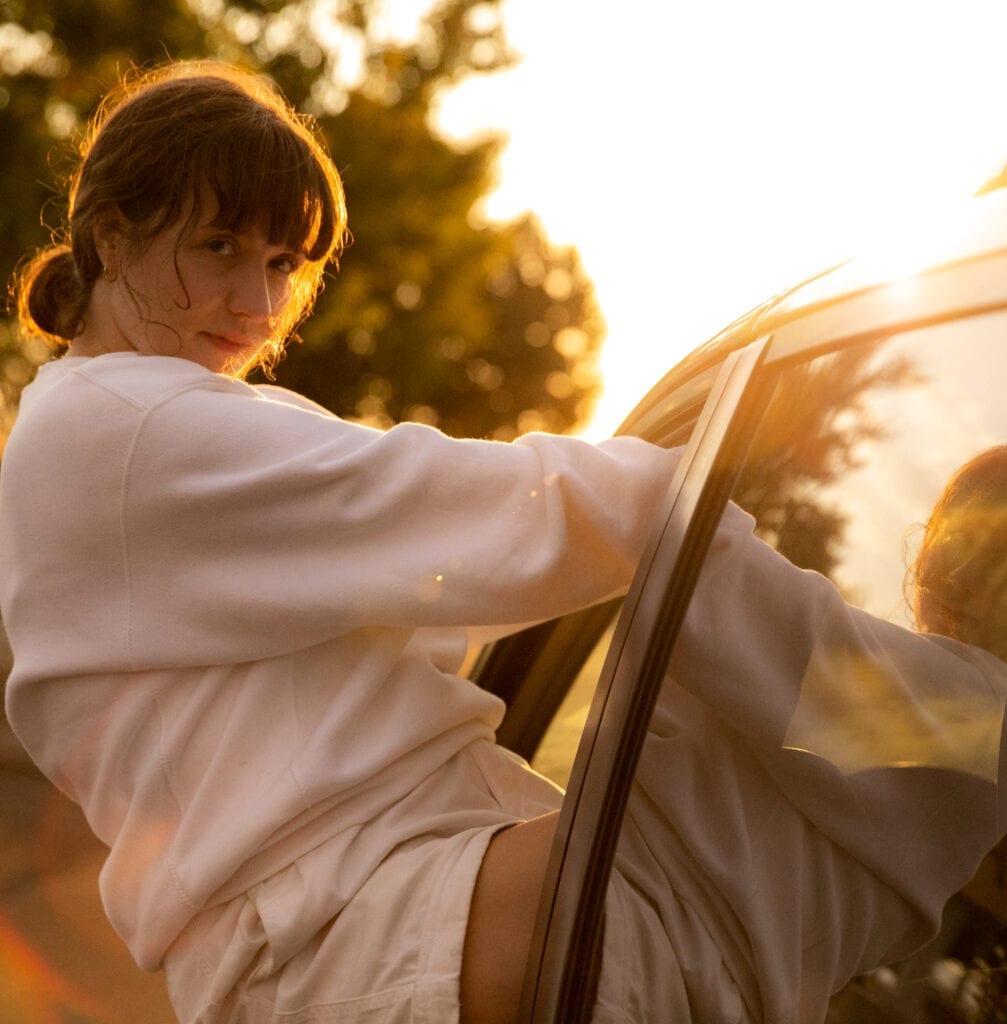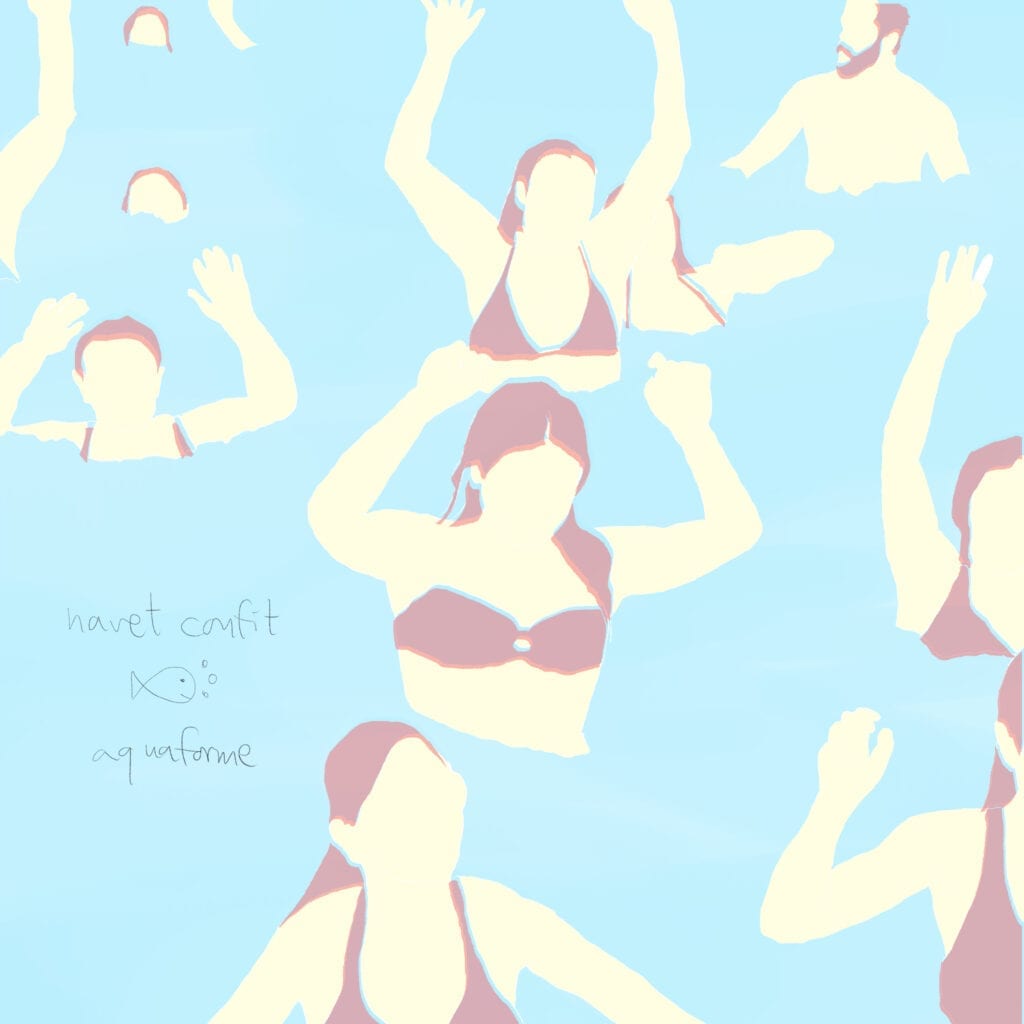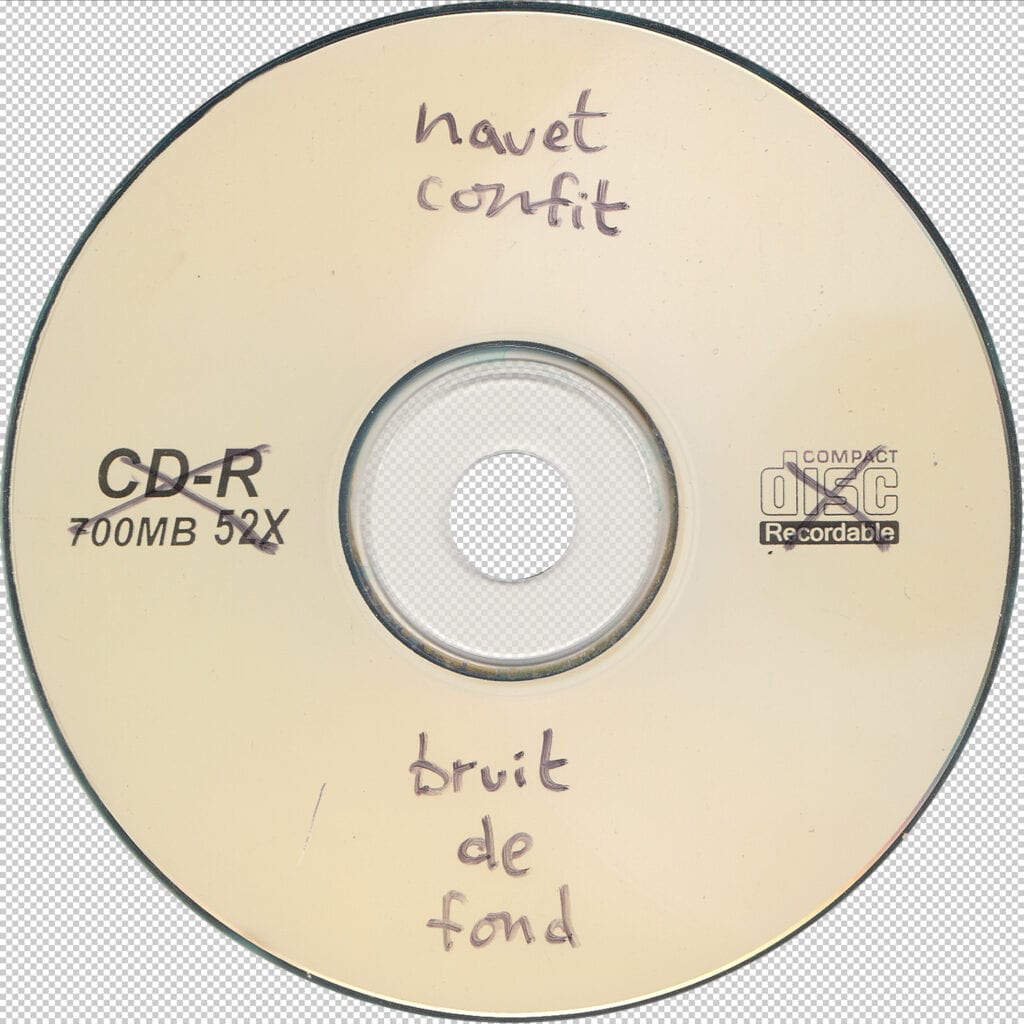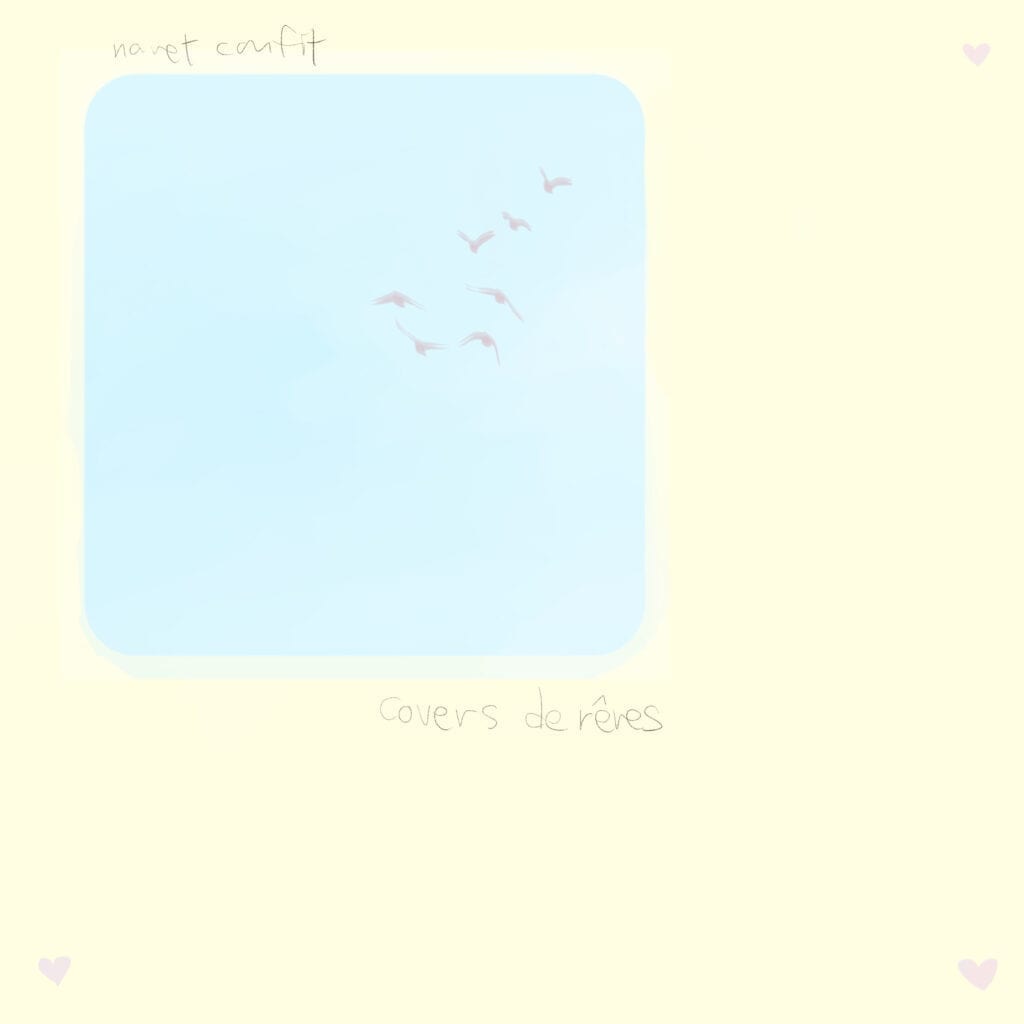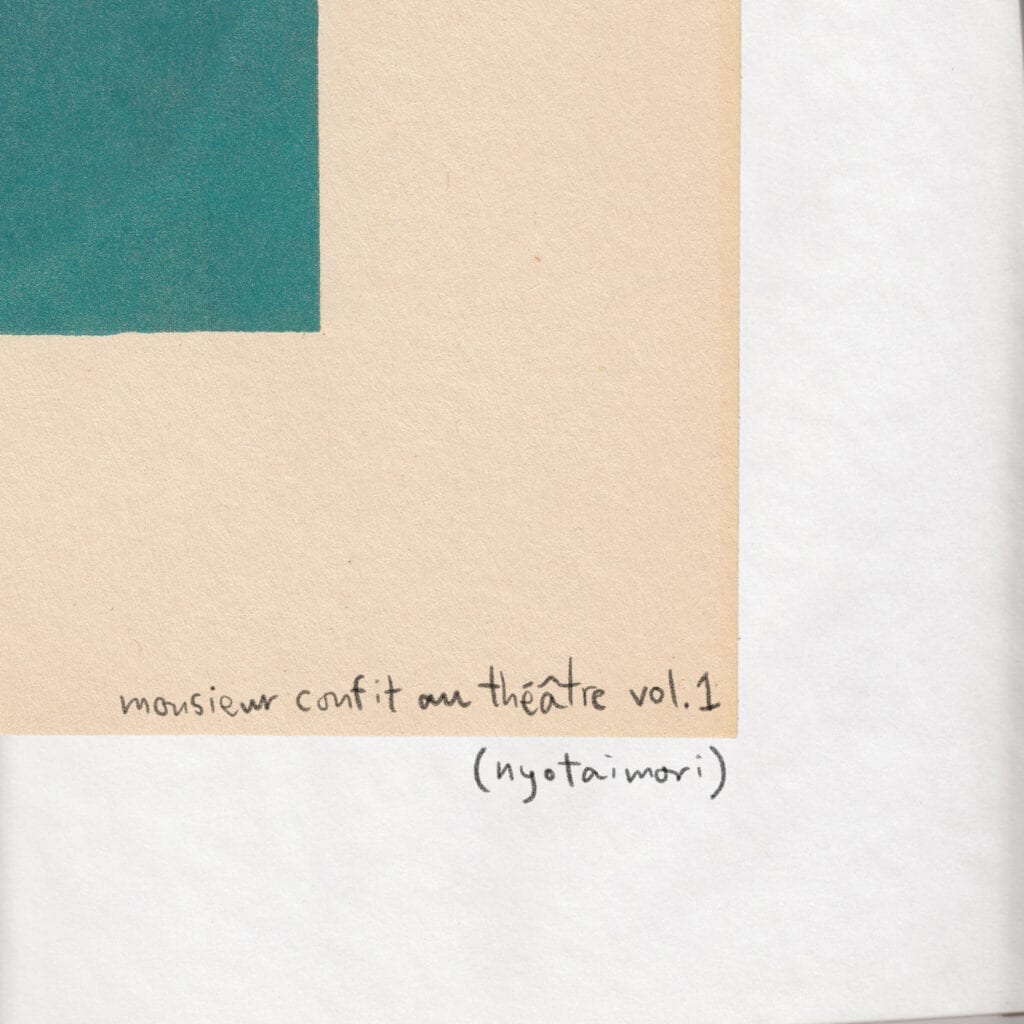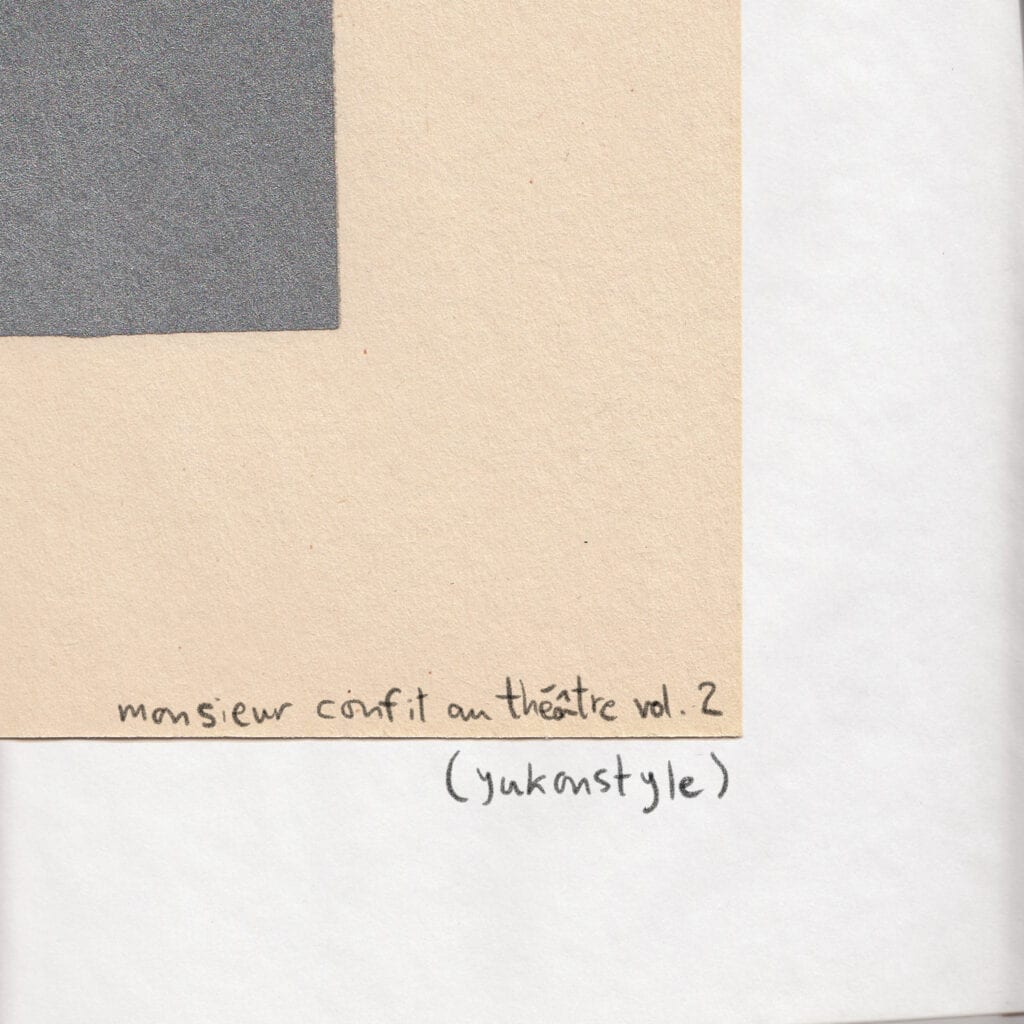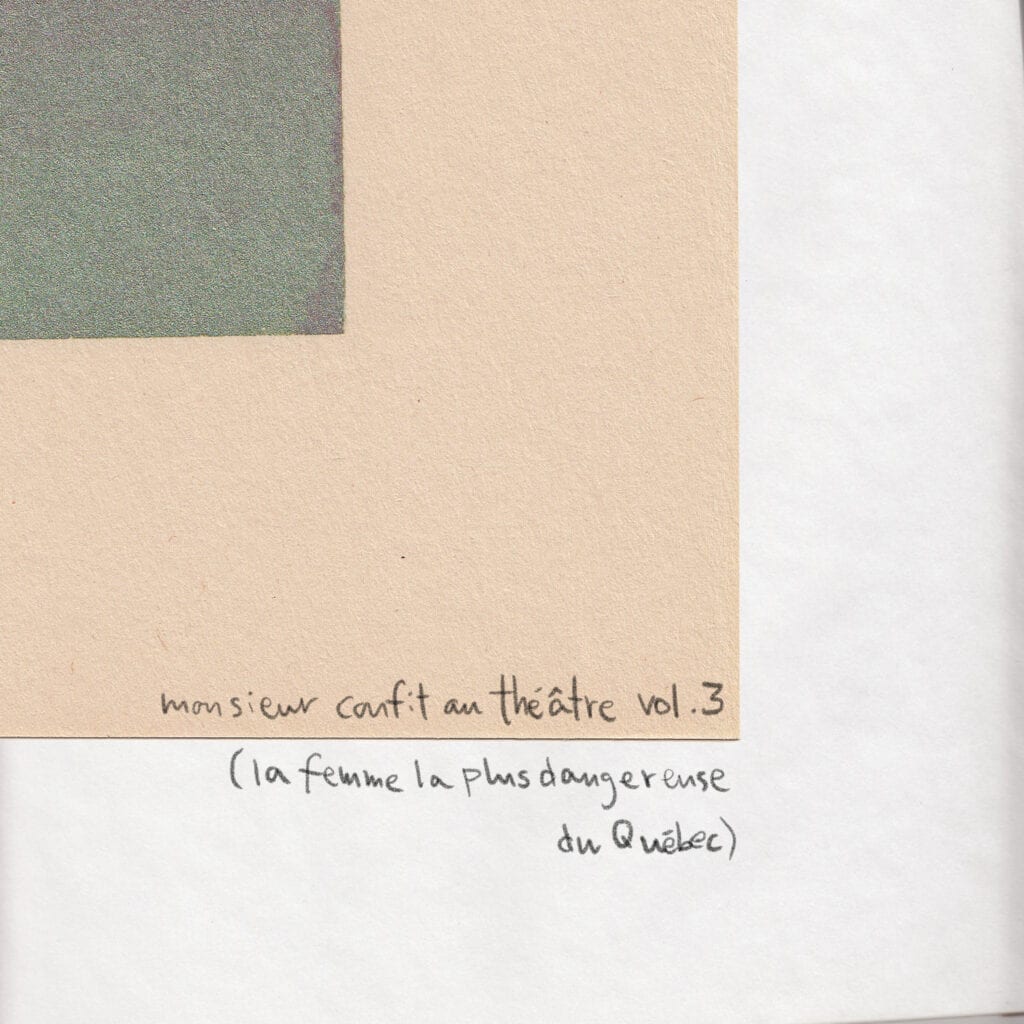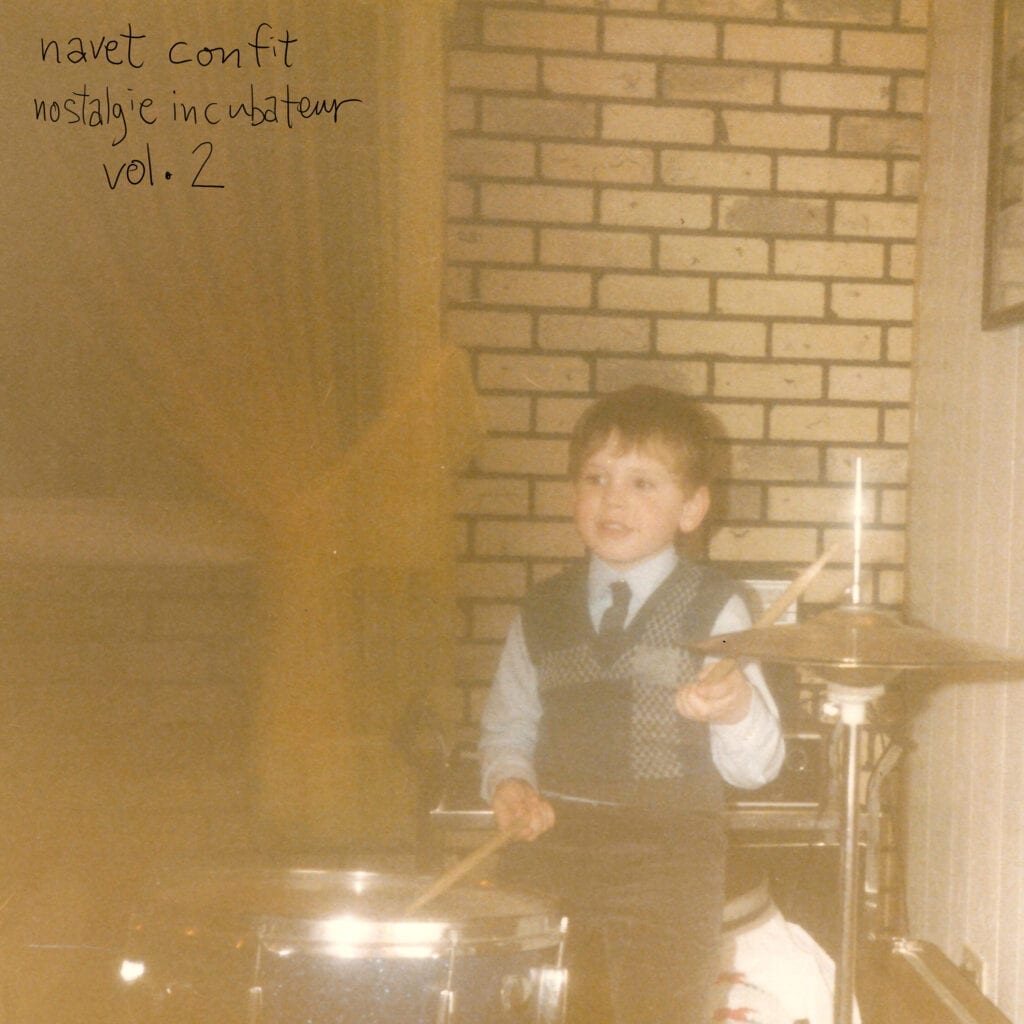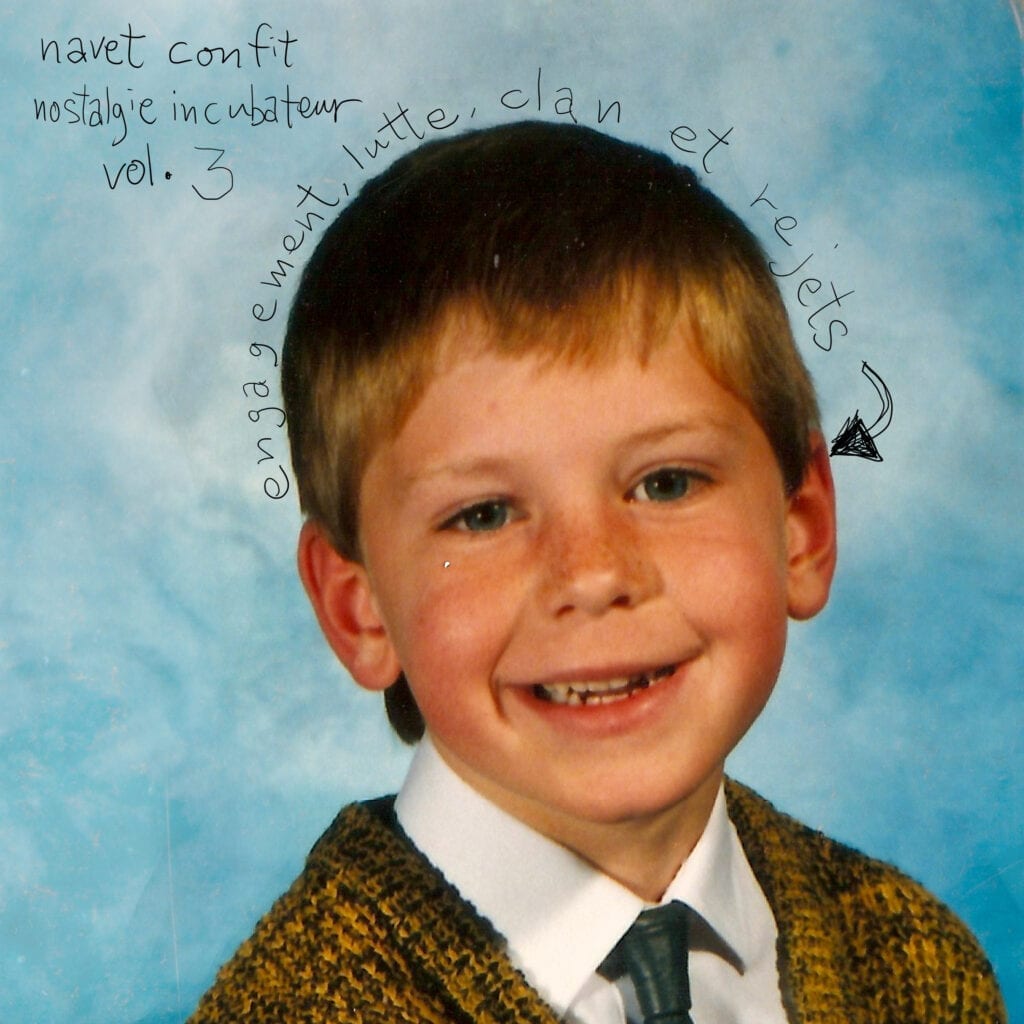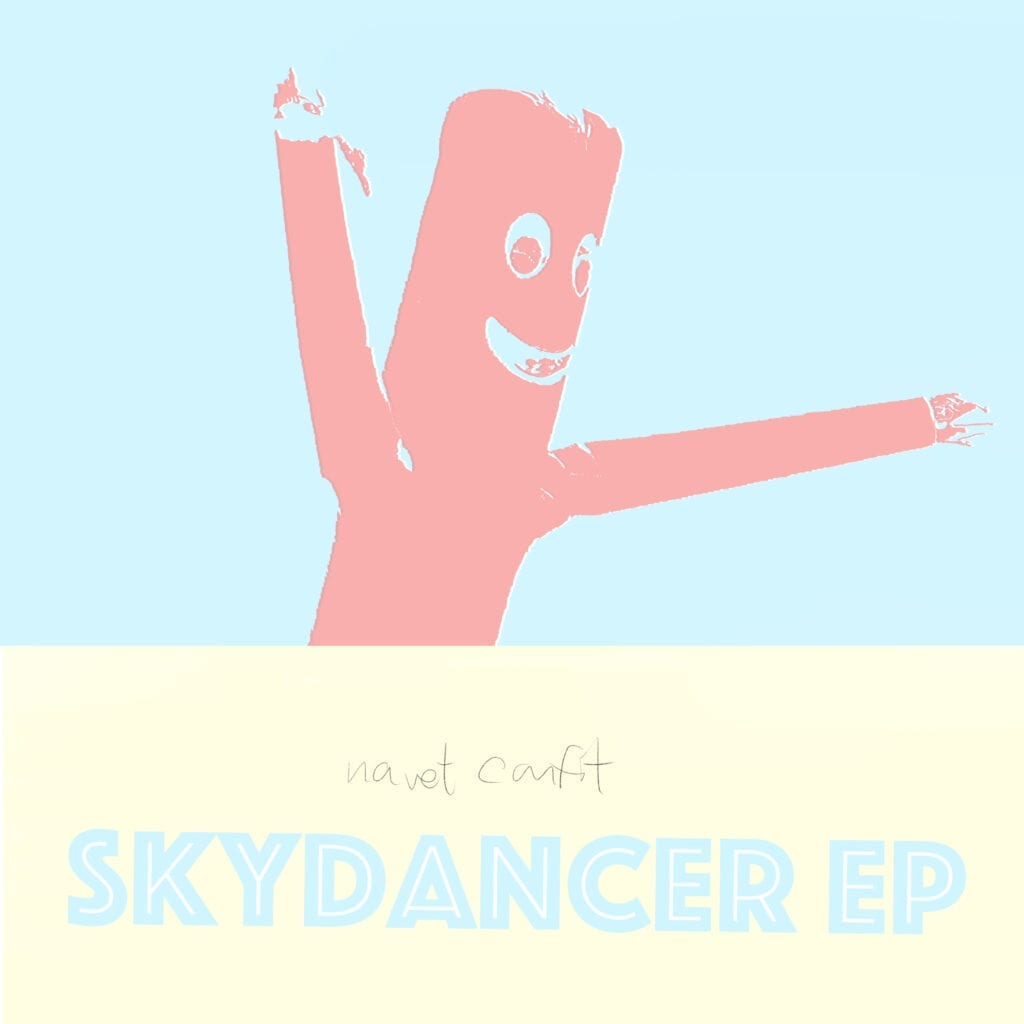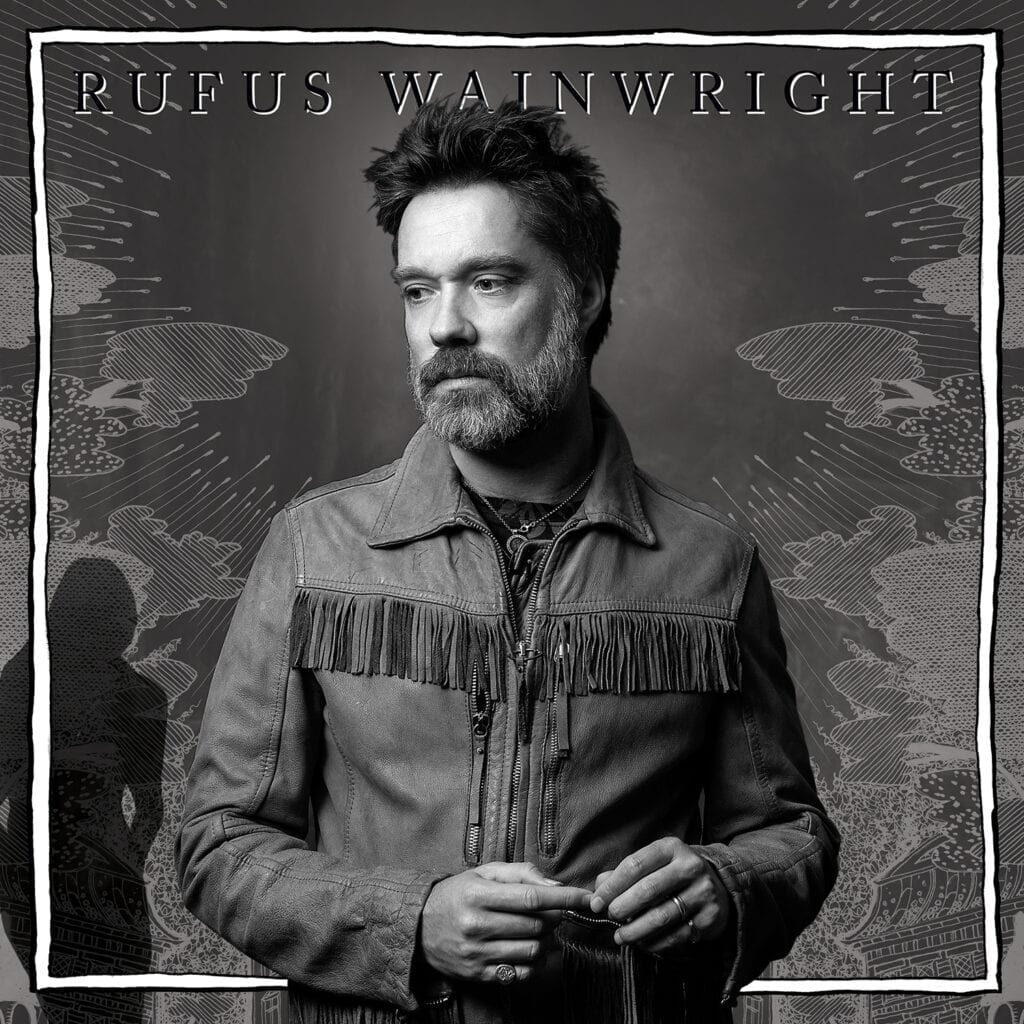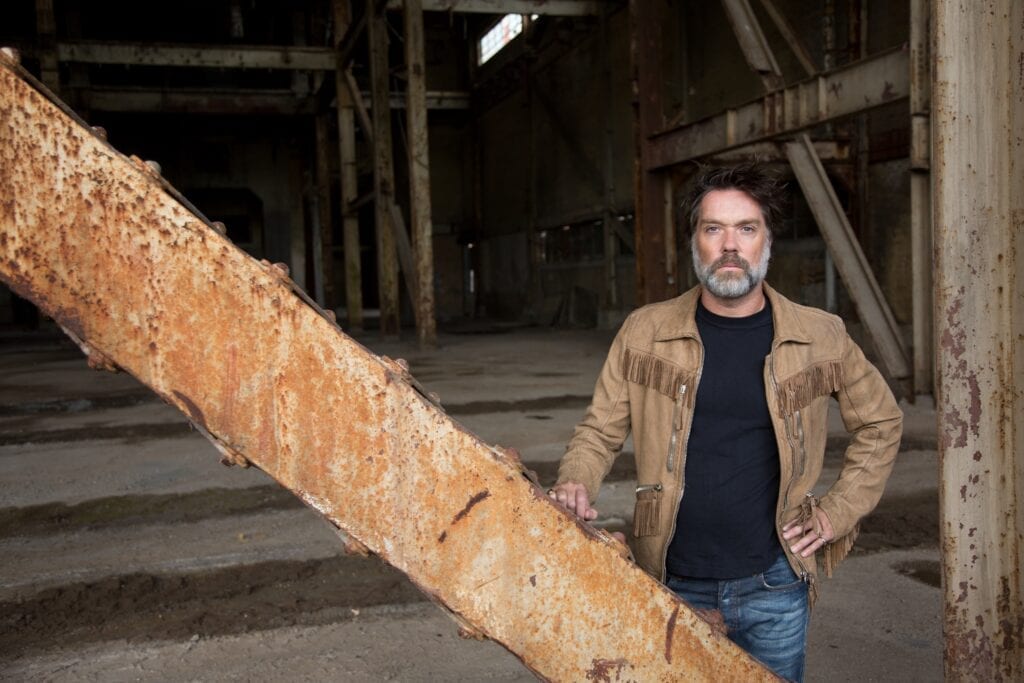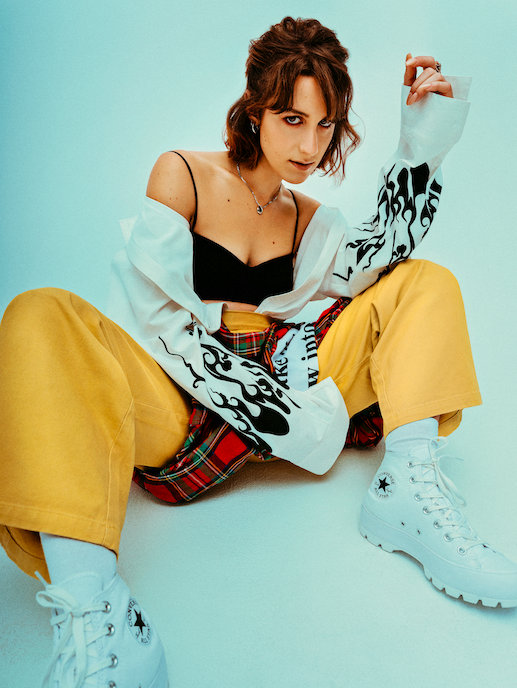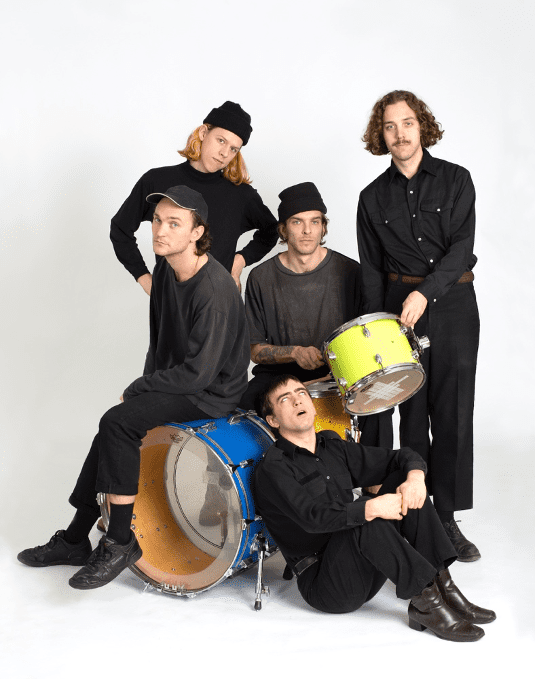Photo: Geneviève Bellemare
Normally based in Montreal, Jordan Officer was reached in Tadoussac, where he was completing the construction of a cottage with his family.
“ I love this place! We’ve been here since the quarantine in mid-March. The albums were recorded in February, just before all this…”
At the beginning, says the musician, the idea for the three albums came from questions others had about him. How should we label him? Jazz? Blues? Country?
“It annoys me a bit because these three styles are the pillars of mine. For a long time, I’ve had this desire to mix these influences, and develop a language of my own. But I’ve also often felt that I was depriving myself of going deeply and completely into the repertoire of each. By doing so, it would also be a way of explaining and clearly expressing these three paths within me.”
Officer even sees it as a statement.
“If I go all the way through those three genres, I can get away with it and then do what I want, and not have to explain myself. I want to be prolific, I want to do collaborations, I want to make instrumental albums, I want to express who I am as a musician. Making these three albums also means opening the door to several different projects.”
This justifies in particular the titles of the releases: Blues Vol.1, Country Vol. 1, and Jazz Vol. 1
Drummer Alain Bergé (Jean Leloup, Youssou N’Dour, etc.) and keyboardist François Lafontaine (Karkwa, Marie-Pierre Arthur, Klaus, etc.) take part in the blues and country recordings.

“I’ve been playing with Alain for five or six years, we have a very strong connection as friends and musicians. He’s a force of nature on the drums. It’s like John Bonham playing Bob Wills! Alain suggested I work with François Lafontaine when I performed at the Montreal International Jazz Festival last year. I knew François, I knew he made great music, but I wouldn’t have spontaneously thought of him for my music and… it was an incredible thing, that night. I was surprised and charmed by him in our blues and soul interpretations, but I was also impressed by his organ playing in the country style, a bit cheesy, a bit old-fashioned. It was magical! We wanted to work together again, and I wanted to integrate him into this project. »
Local Americana veterans were also invited to this celebration of excellent American music:
“Stephen Barry plays bass on the blues album because he is a friend and mentor. He’s my father’s age, 73. He has been very important to my career. Michael Jerome Brown also plays the harmonica. He was Susie Ariloi’s second guitarist for a while. We know him as a guitarist, but he also plays the harmonica so well! He releases solo albums and tours with bluesman Eric Bibb, for whom he’s the main accompanist. I met him at the time at the G Sharp, now Barfly.”
This is an opportunity to recall Officer’s immersion in this fascinating world where playing and composing are part of an almost musicological approach.
“Michael Jerome Brown and I both have this tendency. I remember his apartment before it burned down in the late ’90s, it was a museum. Michael had thousands of LPs. He used to make me tapes, and I’ve got suitcases full of them. He fed me so much blues, he’s an incredible resource! I was lucky enough to know a few people like Michael. I also think of Bob Fuller from Hillbilly Nights at the Wheel Club. I used to go there every Monday with Stephen Barry. We would sing and play there. Like Michael, Bob has mountains of vinyl records. His girlfriend was forced to store some in her backyard under a tarp (laughs)! Today, I understand my mentors for having accompanied me in my discoveries, because it’s very exciting to be able to transmit this passion and this musical richness to younger people, which is what I’m doing now.”
For the jazz part of the triptych, Jordan Officer chose to express himself with a trio.
“Sage Reynolds, who’s been playing with me for several years, could have been the bassist for the jazz project because he’s a great musician. But this project was also a great excuse to record with others than my regular band. That’s why I chose Morgan Moore on bass, an artist who really inspires me. I love everything about him. Like drummer Rich Irwin, with whom I’ve always had a great connection, we have a mutual appreciation. It was a perfect opportunity for this collaboration. As for pianist Torey Butler, it was such a great fit! There are some incredible jazz musicians in Montreal, it’s hard to choose!”

The songs and pieces on the programme are mostly classics composed in the previous century. Old music? Officer confirms, and adds nuance.
“The repertoire of these three albums is to tell my story through these versions. I wanted it to be a kind of musical autobiography. Also, a tribute to all the musicians and composers who have been part of my career. I’ve been playing several tunes from these three albums for a very long time, and they come from very special moments in my career and my life. Notably ‘Pennies From Heaven’ and ‘Honeysuckle Rose’, which I did with Susie Arioli during those years when her band was my main activity. In blues, I cover ‘My Baby’s Gone And Left Me’, which I’ve been singing for 25 years. I also play the music of Clarence White, a bluegrass guitarist who joined the Byrds and died very young in a car accident. I also pay tribute to violinist Harry Choates, a Cajun musician who was also very Western swing in his improvisations. His version of ‘Jole Blon’, often referred to as the Cajun national anthem, is great!”
Officer is totally embracing his old-school side. Nevertheless…
“I’m not trying to recreate music from another era. I still want to be me in 2020, and express myself as I am, like nobody else. I listen to music that has nothing to do with my music but that has influenced me in another way, in the arrangements, in the approach, in the space. That’s part of my playing. I try to be myself when I improvise in blues, country, or jazz. On these three recordings, I played with the same guitar, the same amp, no effects, just to show that it’s really me all the way through. I don’t feel like I’m making a switch from one style to another, jumping from one universe to another, it’s all connected. For me, it’s a source of pride. I don’t imitate anyone, I’ve always been attracted by subtlety and the use of space, emotion, nuances and also extravagance, virtuosity, a certain aggressiveness. These qualities can be felt in my role models, such as Ti-Jean Carignan, Charlie Christian, or Django Reinhardt.”
It must be deduced that Officer is not so much a traditionalist as a “classical” artist of American popular music, the foundations of which are perfectly familiar to him.
“When you listen to contemporary jazz or country music, they can be considered very separate. Yet these styles were invented side by side, there were a lot of mutual influences at the beginning. That’s why I’ve always had a hard time listening to artists who have gone through all three styles. You listen to 78 rpm records and you discover certain songs which you don’t know whether they’re country or jazz or blues before the middle of the performance. Let’s take the example of Bob Wills, whose song ‘Playboy Chimes’ I play on the country album – his Western swing was so jazz! That connects to what I’ve become.”
The second half of our interview with Jordan Officer appears on Saturday (July 25th)
